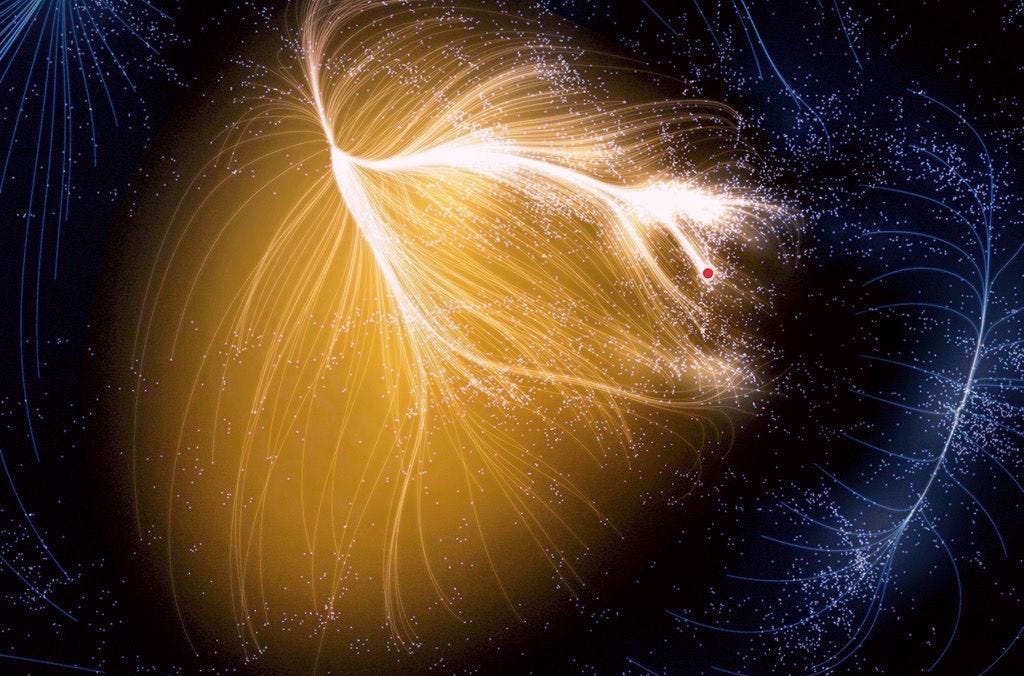
Dear Friend and Reader:
I’m here today to get you excited about Sagittarius, which the Sun entered Wednesday. Though deep space points appear in many places chartable on a zodiac wheel, Sagittarius is special. In a way, it’s where we all live, in the cosmic sense. There are two enormous beacons there, helping us orient on where we are and remind us of our direction of travel while we are here.
Speaking of — in the Esoteric Astrology approach of Alice A. Bailey, Sagittarius is ruled by the Earth.
It’s amazing how recent humanity’s knowledge of deep space is. It was only in 1924 that astronomer Edwin Hubble informed the world that what was thought of as a “spiral nebula” called Andromeda was actually a galaxy, and that the Milky Way is just one of many galaxies in the universe.
Then on May 5, 1933, The New York Times announced that the core of the Milky Way was emitting “mysterious static,” which was different from “cosmic rays.” The direction of origin: about 26 degrees into the sign Sagittarius.
In 1954, John D. Kraus and his collaborators identified the radio sources at the center of the galaxy, and named the brightest one Sagittarius A* (pronounced “Sagittarius A-star).
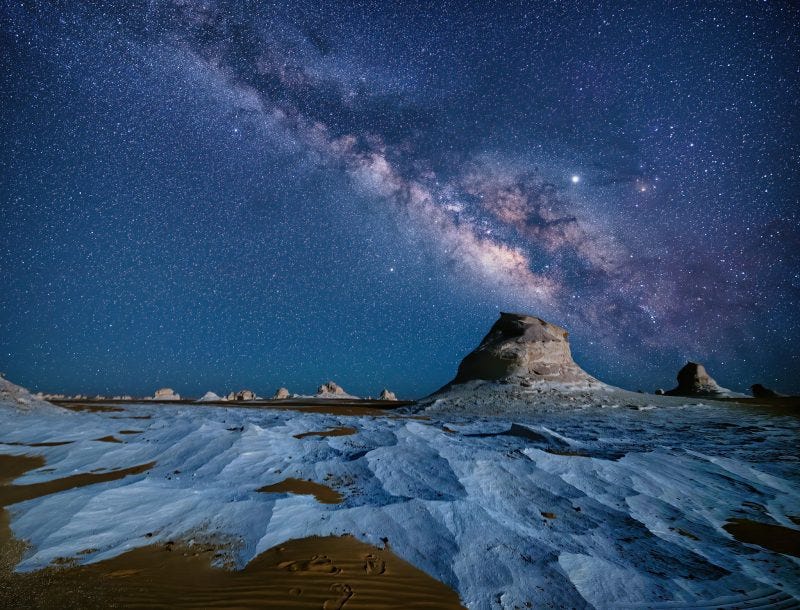
A Black Hole is at the Center
By 2020, Reinhard Genzel and Andrea Ghez received the Nobel Prize in Physics for determining that the concentrated, compact matter of Sagittarius A* had to be a supermassive black hole (long speculated as such; I was surprised confirmation was so recent).
Note that most astrophysicists agree that the black hole at the center of our galaxy (or any other) cannot be what is holding together 300 billion stars in a lovely spiral. It’s not supermassive enough; there is not enough gravity, but it forms a kind of nucleus. There has to be something else maintaining the structure of our galaxy.
Hence, there is speculation that such a substance is “dark matter.” People get bent up about this, since currently the idea is speculative and hypothetical — but it’s an attempt to describe a real phenomenon; a kind of placeholder.
However, I’m not just here to regale you with the history of astrophysics, fun as it is (approximately billions of times more fun than virology).
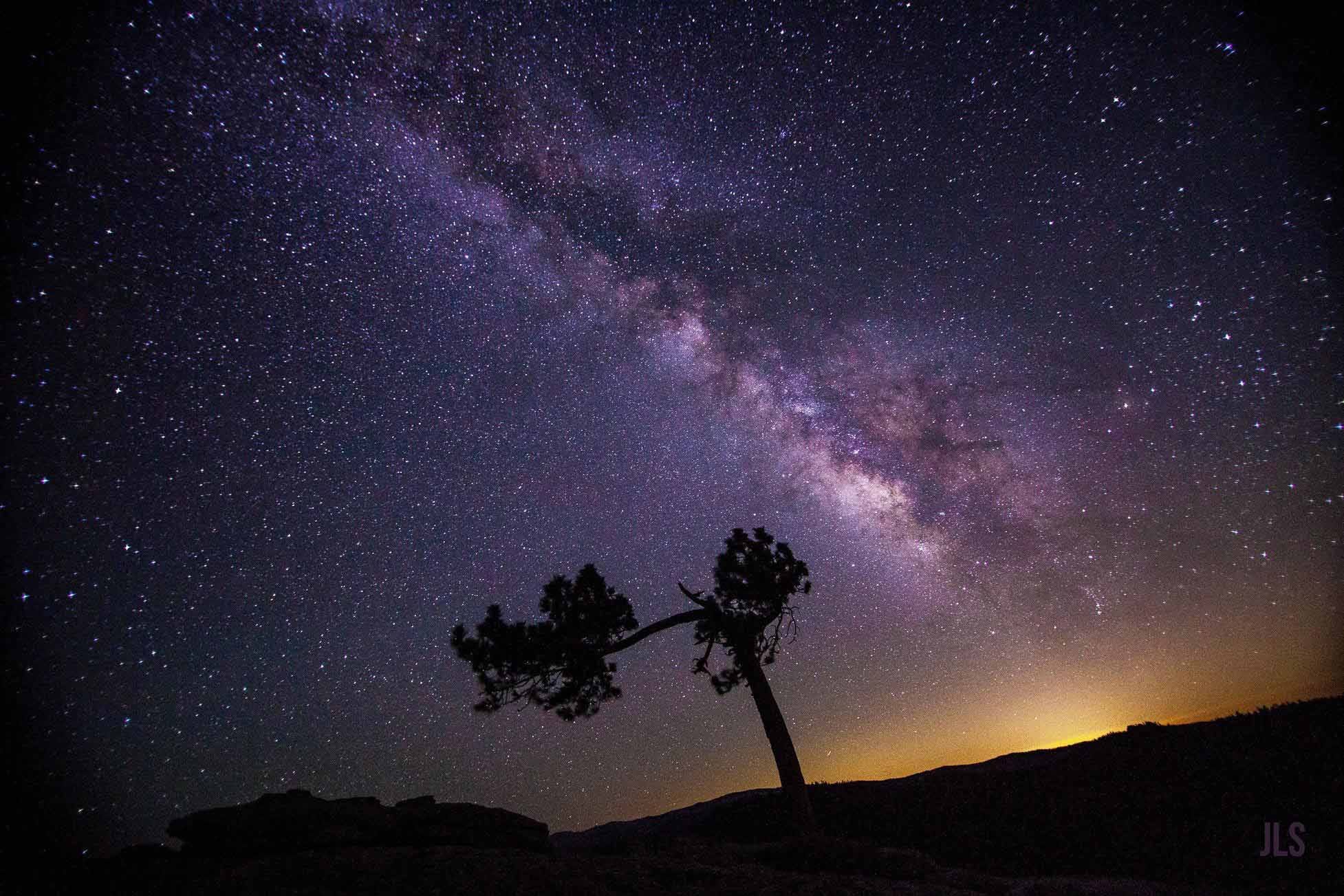
How Did They Know?
I’m here to talk to you about Sagittarius. It’s time for a frank conversation.
The developments above, and others, took place in the 20th and 21st centuries. Actual information about deep space points, including our own galaxy, was out of reach from early lore-makers, astronomers and astrologers coming up with what is today called astrology.
Yet the sign Sagittarius was assigned the dominion of far-away things, long-distance travel, many subjects of a spiritual nature, that which is foreign and exotic, and topics related to God. It’s the sign associated with religious institutions and the priesthood. So it was a pretty good guess to place this in the sign of the Galactic Core.
That said, this beautiful, illuminated cloud was visible for all to see, in the extra-dark night sky of ancient times. And it was unlike anything else. It was not in the category of, “OK, if you say it looks like a bull, I guess it’s a bull.”
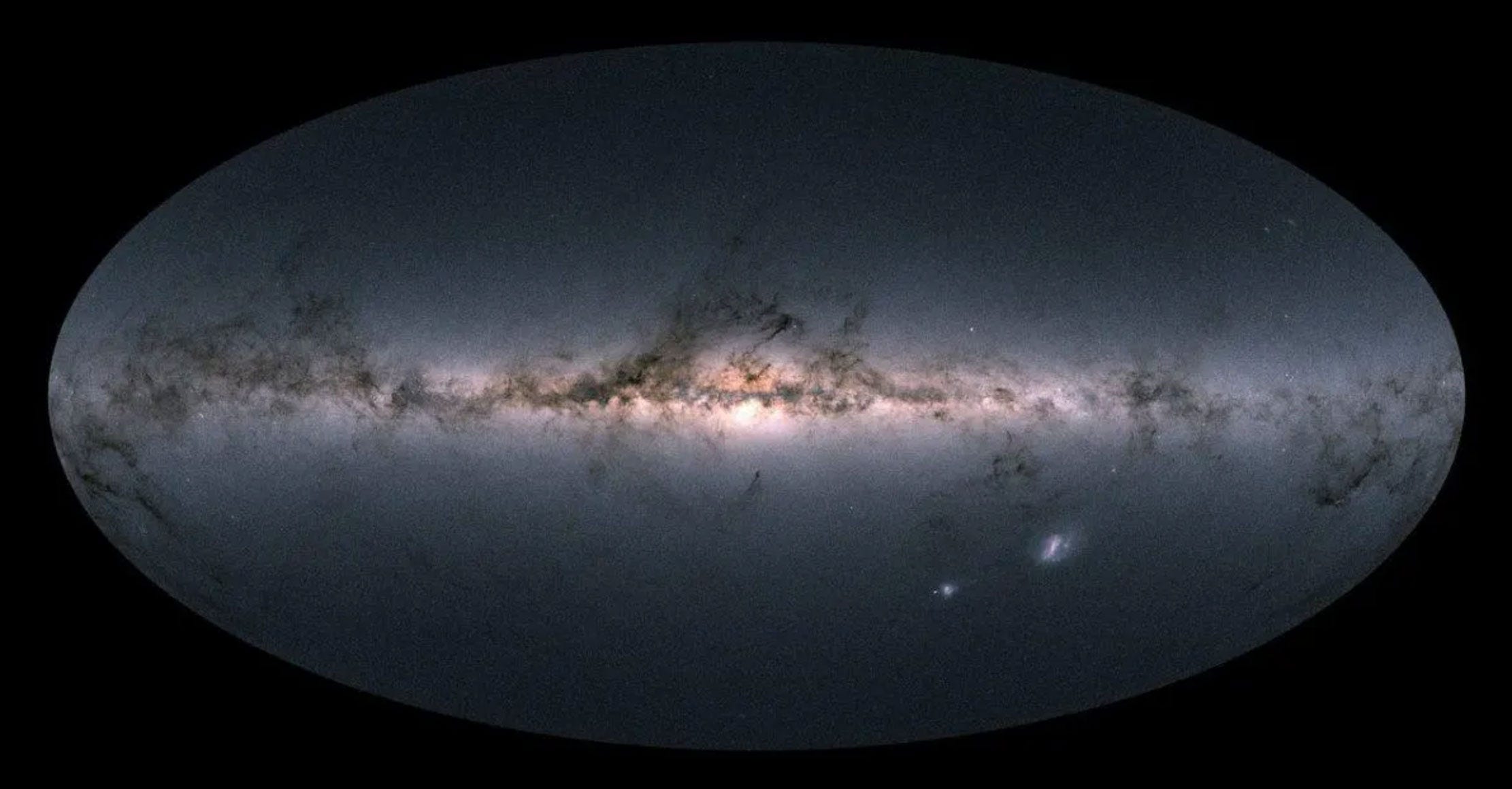
The Great Invitation
Where you have Sagittarius in your chart, you’re invited to greater adventure. You MUST find adventure there; and it helps if there is an international theme. For example, if you have Sagg associated with your 11th house, having friends from many countries will be natural. If you have it associated with your 10th, then your professional life is likely to span different countries.
Generally, though, the location of Sagittarius in your chart is where you strive to have many of your great adventures, or just find them. And it’s where your spiritual life is a matter of direct experience rather than a theory.
One other thought about our place in both the galaxy and the local cosmos: in both senses, we are at the edge. The views of the Milky Way in this article, taken by Earth-based telescopes, are our view toward the center, which is indicated by a bulge in the star concentration. We are said to be 25,000 light years from the core. I realize this is now a “controversial” subject, spread mostly by people who think we live in an ant farm. Think of it as the best estimate we have.
Our star seems to be between two of the spiral arms, so in two senses, we are remote from others: far from the core, and far from other communities of stars. Our nearest neighbor within the Milky Way is Alpha Proximus, about 5 trillion miles away. The distances involved are astonishing.
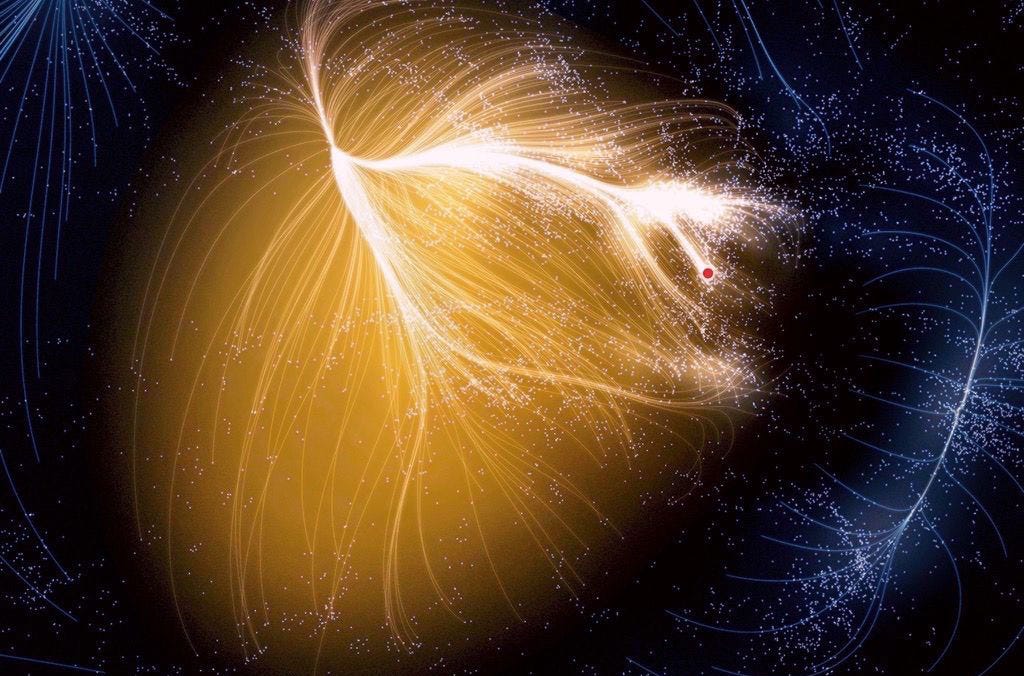
Then there is the community of which our galaxy is part — said to be a cluster of 100,000 galaxies, illustrated (not photographed) above. The Milky Way is believed to be at the far edge of this grouping, which is flowing toward the node on the upper left.
In the winter sky, you can see the nearest Laniakea-like structure, which is called Pisces-Perseus, in the general direction of tropical Gemini. This is a massive cluster of galaxies that appears to us as a little star. Light from that group takes 250 million light years to reach us.
(I did not just read this on the internet. I interviewed the astrophysicist who led the team that put this all together, Brent Tully at the University of Hawaii.)
My point here is that our location in space is far from everything except our own solar system. This is our home, in its remote location. Here is a little reminder from The Grateful Dead that we must do better than we are doing, taking care of it, and one another (words by Barlow):
Dizzy with eternity
Paint it with a skin of sky, brush in some clouds and sea
Call it home for you and me
A peaceful place, or so it looks from space
A closer look reveals the human race
Full of hope, full of grace, is the human face
But afraid we may lay our home to waste
There’s a fear down here we can’t forget
Hasn’t got a name just yet
Always awake, always around Singing ashes, ashes, all fall down
Ashes, ashes, all fall down




